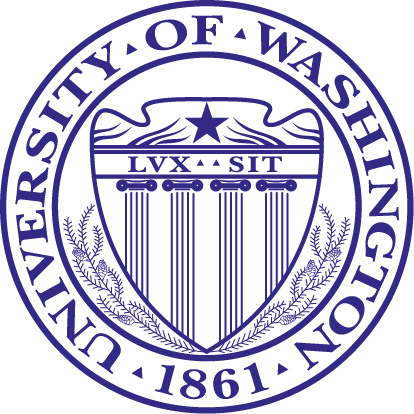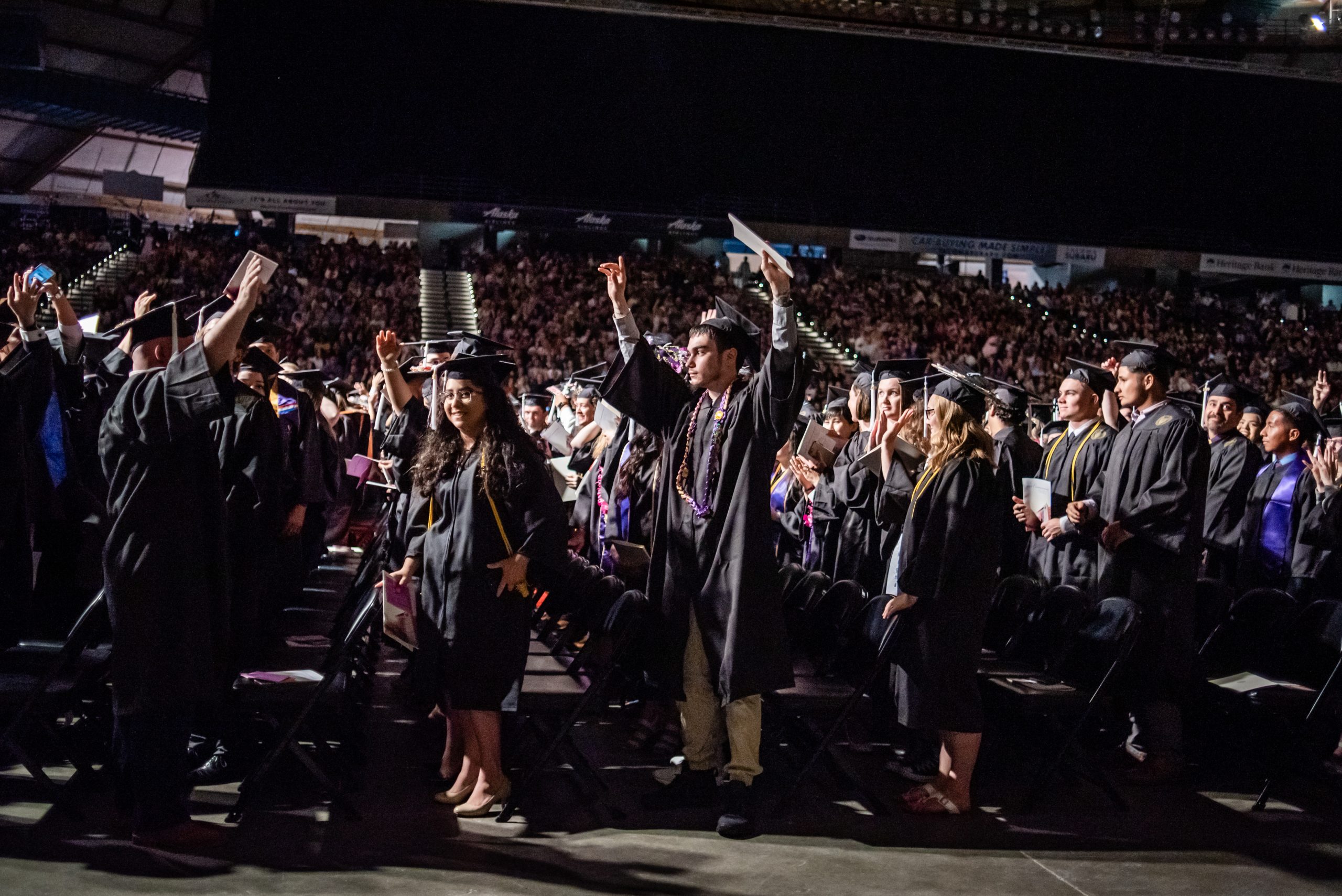Shedding light on tuition increases
Causes and influences of the University of Washington’s fluctuating tuition costs.
Tuition at the University of Washington has risen exponentially in the past few years, with costs tripling since 1997 and teetering between $10,000 and $12,000 per year since 2008. As education has advanced to require more resources and facilities, much of the variation in cost has risen from the ability of the university to provide these to all students. Total costs for students are split between tuition itself, building and technology access, services and activity fees and the U-PASS.
Although all of these fees are overseen by the Board of Regents and require approval in order to be passed, the fact remains that they are not all provided by the same party. As a result, it can be difficult to project or organize student costs; many factors contribute, some of which may not be known.
For example, course fees, defined in the official UW policy as “additional charges to students that are intended to pay for specified course-related costs” as opposed to tuition itself, can fluctuate based on the year. The maximum course fee that can be approved is $50 per quarter, but that by itself can account for up to $150 a year not included in the initial tuition.
One issue that arises surrounds the difficulties in tracing exactly what students are paying for when they receive their invoice for the quarter. While costs are split into categories through organizational statistics, this information doesn’t always reach the ones paying the bills.
While this is an issue that cannot be overlooked, especially with the impact of recent events on the finances of many students, another reason for rising tuition costs can also be attributed to the fact that much of the money from paying students goes towards funding students who cannot afford to pay. With an undergraduate scholarship rate of over one fifth of all students, UW has been providing consistent equality of opportunity to the state of Washington where most universities have sharply declined in their scholarship rates.
As a result, while UW receives a relatively very large amount of funding among universities, as state funding has been reallocated, paying students have had to provide a greater proportion of money for their tuition. These factors combine with the changing secondary costs, ultimately leading to the current situation where fees appear to be sharply shifting. While statistically, on the grand scale, changes have been gradual for the past decade. To any individual student these changes can make all the difference.
The university has previously exercised the policy of freezing tuition costs, but it is uncertain as to whether this will happen now as finances become tighter for everyone. Without intervention from the state, costs may remain dynamic for some time.



